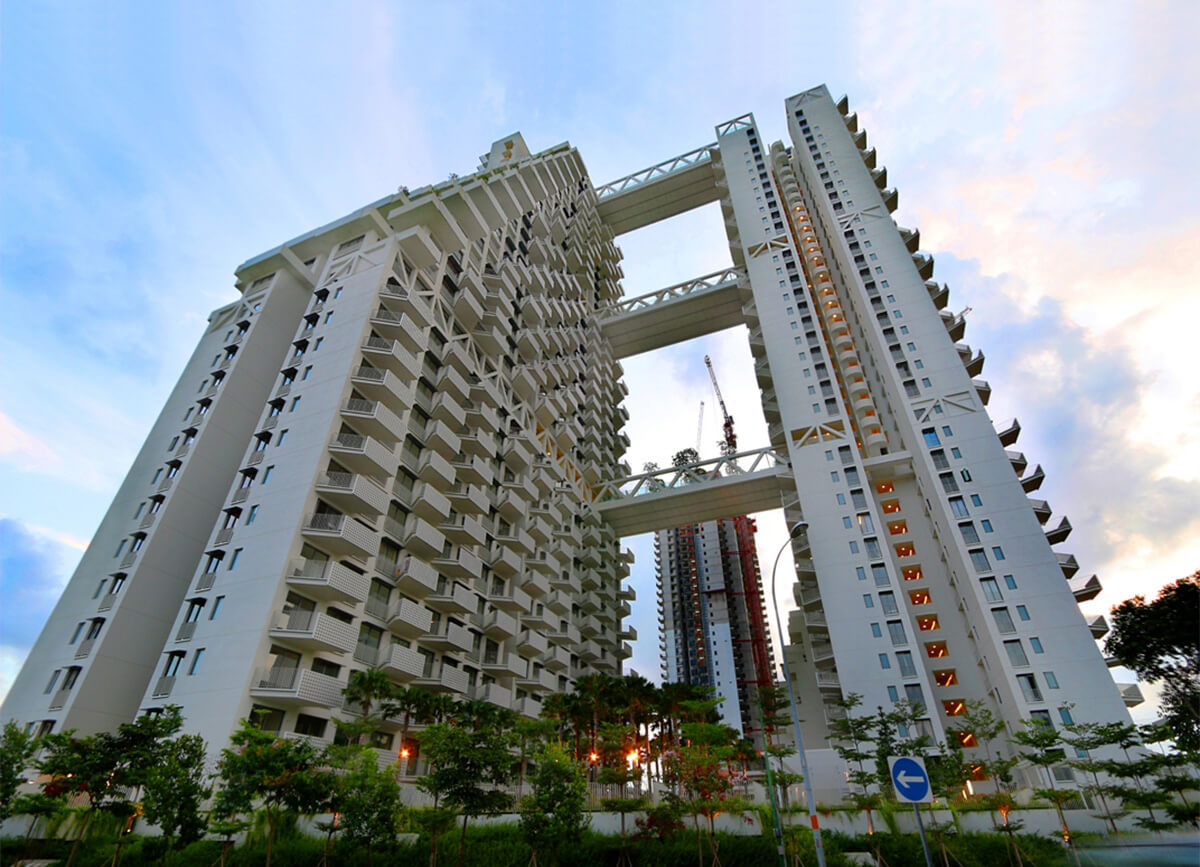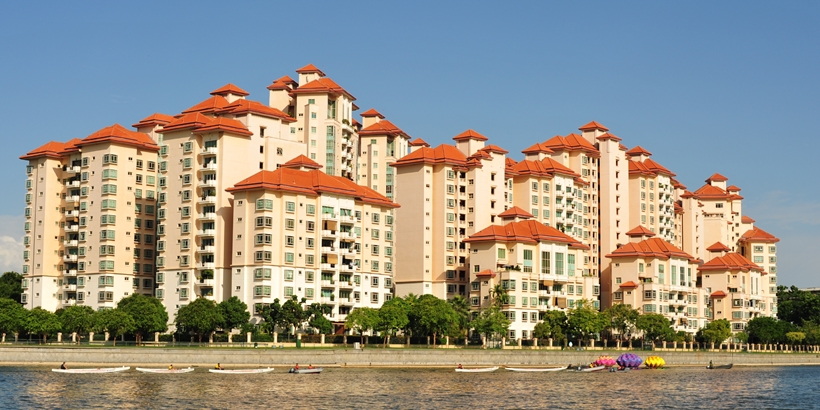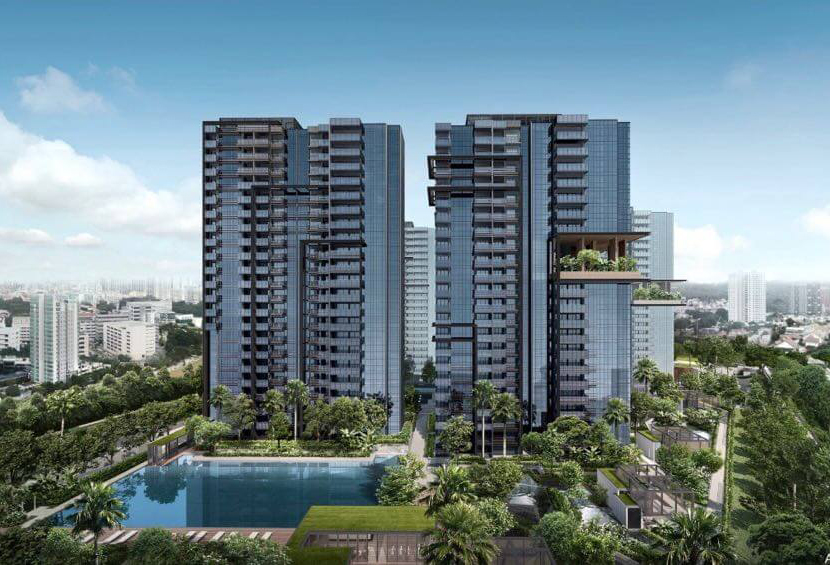As we look ahead to 2025, the Singapore property market stands at a crossroads, shaped by a unique blend of economic forces, evolving demographics, and shifting consumer preferences. With its skyline ever-changing and regulations tightening, potential buyers and investors must navigate a landscape that promises both opportunities and challenges.
Will the allure of high-end condominiums continue to captivate affluent buyers, or will a rising focus on sustainability and affordability reshape priorities? From the bustling heart of the Central Business District to the tranquil enclaves of the suburbs, understanding the subtle nuances and emerging trends in this dynamic market is crucial. In this article, we’ll delve into the key factors influencing property values, the types of investments likely to yield returns, and the lifestyle shifts that are redefining what it means to live in Singapore.
Buckle up; the journey into the future of real estate in this vibrant city-state is about to unfold!
Economic Indicators Influencing Property Trends

Market Overview: Key Trends Shaping 2025

As we approach 2025, the Singapore property market is poised for a dynamic transformation, driven by key trends that will reshape the landscape for both buyers and investors. A surge in demand for sustainable living spaces is emerging, fueled by the government’s push for eco-friendly developments and urban green initiatives.
Moreover, the rise of hybrid work cultures has led to a shift in preferences towards suburban properties, as individuals seek larger homes that accommodate both remote work and family life. Technological advancements are also playing a pivotal role; smart home features are becoming increasingly sought after, reflecting a growing desire for convenience and connectivity in daily living.
Additionally, the influx of foreign capital, particularly from Asia-Pacific regions, continues to bolster the luxury segment, creating a competitive atmosphere that could yield significant opportunities for discerning investors. As these trends unfold, navigating the complexities of the market will be crucial for making informed decisions in this evolving environment.
Residential Property Market: Demand and Supply Dynamics

As Singapore gears up for the property trends of 2025, the dynamics of demand and supply in the residential market exhibit a compelling narrative shaped by various economic and demographic factors. With the population steadily growing, fueled by both local birth rates and foreign talent influx, the appetite for housing remains insatiable.
However, the supply side is constrained by land scarcity and stringent regulatory measures, creating a palpable tension in the market. Developers are responding with innovative housing solutions, from high-rise apartments to integrated developments that cater to evolving lifestyle preferences.
Yet, the lingering uncertainty surrounding interest rates and global economic conditions casts a shadow over buyer confidence, leading to fluctuations in sales activity. In this unfolding landscape, savvy investors must navigate these complexities carefully, balancing potential returns against the ever-shifting tides of demand and supply.
Conclusion
In conclusion, the Singapore property market is poised for exciting developments in 2025, marked by trends that reflect both local and global economic shifts. Buyers and investors should be particularly attentive to emerging opportunities in key areas, including new launches and revitalized neighborhoods.
The River Green showflat has already garnered attention for its innovative design and premium amenities, serving as a prime example of the quality offerings expected in the coming years. As Singapore continues to evolve, staying informed and strategically planning will be essential for capitalizing on the dynamic landscape of real estate. Whether you are a first-time homebuyer or a seasoned investor, understanding these trends will empower you to make informed decisions and maximize your investments in this vibrant market.




